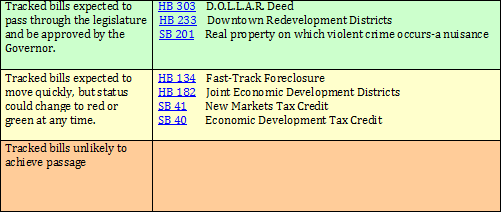By Alex Highley, GOPC Project Associate Dr. Megan Sandel, Associate Professor of Pediatrics at Boston University spoke this week to the Columbus Metropolitan Club about the importance of housing as a solution to many health and educational concerns. Sandel and EJ Thomas, the chief executive of Habitat for Humanity MidOhio, spoke for about an hour underscoring the idea that access to affordable, decent housing is the most critical foundation for leading a healthy life and should be prioritized in discussions of solving related problems. At a time when many people are struggling to pay rent, Greater Ohio Policy Center recently studied national models emerging in Ohio that seek to rebuild neighborhoods tainted with abandoned homes. GOPC’s assessments of projects in Columbus’ Weinland Park and Cleveland’s Slavic Village show that Sandel and Thomas’ vision of rehabilitating blighted properties into safe and affordable housing can be successful.
Sandel explained that the link between housing and health is not at all a new concept; in fact, a report was published in 1911 confirming housing’s vital role as a basis for good health. In the modern era, this relationship still exists but historical worries such as fire hazards and threats of tuberculosis have subsided thanks to modern building codes. Instead, the affordable housing gap between wages and rents is the most pressing cause for unease. Even in a state where housing is generally considered cheap, a quarter of Ohio residents pay at least half of their income on rent alone. Moreover, of the 54,000 families in central Ohio, there are 1,500 people experiencing homelessness.
These stats make for grim reading but Sandel and Thomas believe pulling together ideas and resources from nonprofits, policymakers, and business leaders will allow communities to more successfully and cost-effectively identify housing needs and enable struggling families to afford a roof over their heads. GOPC’s report found that collaborative investments in Weinland Park totaling $80 million by philanthropy groups, government agencies, and other stakeholders have contributed to the area’s increased stability. In fact, housing values in Weinland Park are more evenly distributed between low and high prices than before intervention, while subsidized housing helps protect vulnerable residents from being priced out of the market.
During her talk, Sandel emphasized that interventions should embrace devoting resources to entire neighborhoods at a time, rather than individual homes. GOPC documented that the Slavic Village Recovery Project strategy targeted a “critical mass” of over 300 properties to renovate and demolish, which reflects Sandel’s more holistic approach to revitalization. Finally, Sandel said her response to people who are unconvinced that communities can afford greater investment in reasonably priced housing is: “can you afford not to?” As a result of shrinking availability of affordable housing, we are already paying too much in terms of health services, special education, and fighting crime.




